Tarangire National Park
About Tarangire
Named after the Tarangire River, which flows northward through the park, "Tarangire" is said to mean “winding river of warthogs.” While warthogs are plentiful, the park offers much more, from its thriving wildlife to its unique landscapes, making it a must-visit destination for nature lovers and safari enthusiasts alike. Tarangire National Park stands out for its abundance of two iconic natural giants: African elephants and the distinctive baobab tree. During the dry season, large predators and typical plains game are abundant, making it a prime safari destination. Often regarded as Tanzania’s best-kept safari secret, the park was established in 1970, expanding to include a larger part of the Tarangire ecosystem. Covering around 2,850 km² (1,100 mi²), it ranks as Tanzania’s 6th largest national park—about the size of Rhode Island (USA) or Luxembourg (EU).
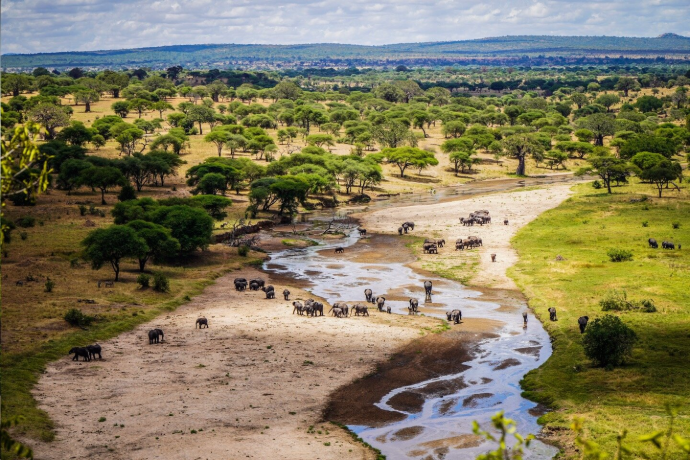
Wildlife
Tarangire National Park sees fewer tourists, offering a more tranquil safari experience with less congestion at wildlife sightings, allowing visitors to truly immerse themselves in the wilderness. The park is known for its abundance of two of nature's giants: African elephants and the distinctive baobab tree. During the dry season, large predators and typical plains game are plentiful, and the Tarangire River, the park’s only reliable water source, draws massive herds of animals and their predators.
With the arrival of the rains, wildlife disperses, and some roads become impassable. Despite being a bit off the beaten path from the popular Northern Safari Circuit, Tarangire remains a hidden gem, offering a variety of species found in more well-known parks, plus unique ones like the fringe-eared oryx. Its peaceful atmosphere and rich wildlife make it a must-see for those looking to explore Tanzania’s less crowded safari spots.
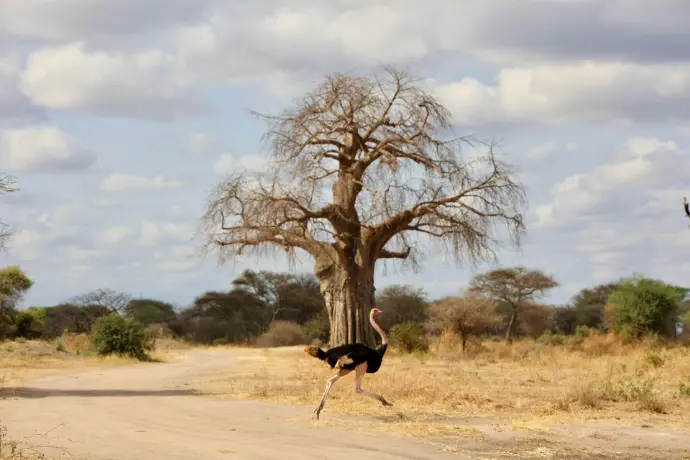
Tarangire Highlights
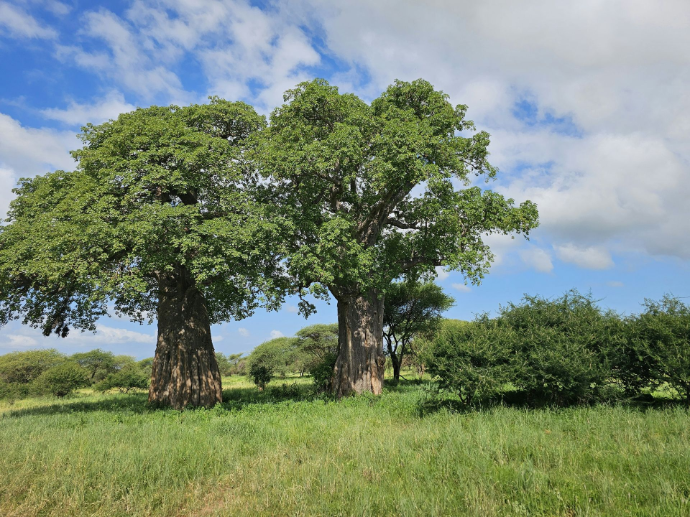
Baobab Trees
Tarangire is known for its abundance of iconic baobab trees, often referred to as "upside-down trees." Visitors can explore the "Poacher’s Hide" baobab, a massive tree with a hollow trunk that once served as a lookout point.
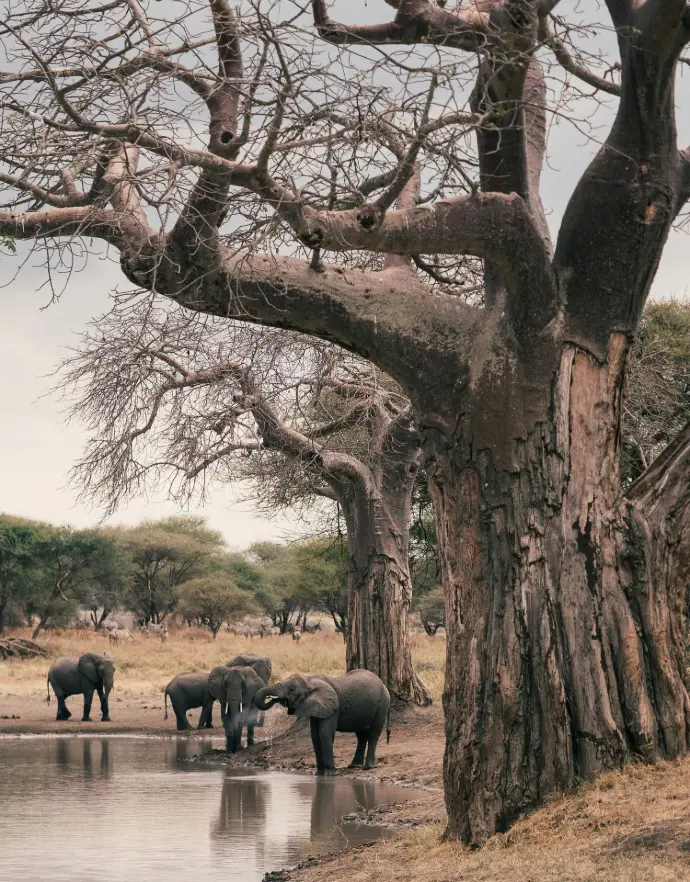
Elephants
During the dry season, around 3,000 elephants gather in Tarangire, with some herds reaching up to 300 members.

Some Rare Species
Tarangire is home to unique and rare species, including the fringe-eared oryx, the elusive Coke’s hartebeest, long-necked gerenuks, dik-diks, and Grant’s gazelles.
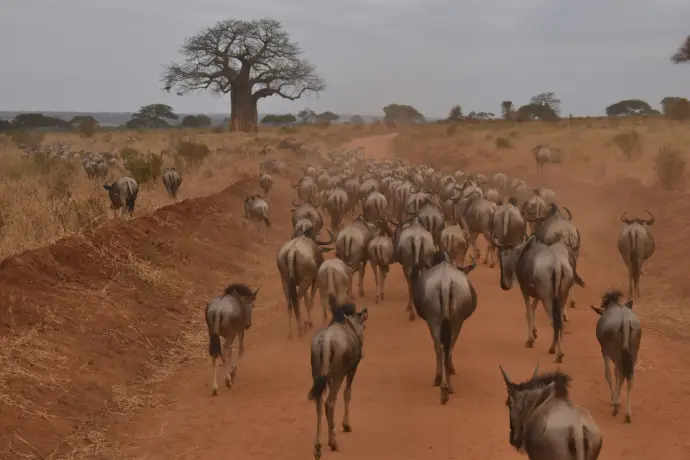
Mini-Migration
Tanzania's second-largest migration takes place when vast numbers of wildlife converge on the Tarangire River during the dry season. This natural phenomenon attracts herds of elephants, zebras, wildebeests, and other animals, all drawn to the river's reliable water source, creating spectacular wildlife sightings.
Overnight safari drives
Permitted operators may offer night drives, providing a chance to observe the park's nocturnal species, including civets, aardvarks, and other elusive animals. These guided excursions allow visitors to experience the park's wildlife from a completely different perspective under the cover of darkness.
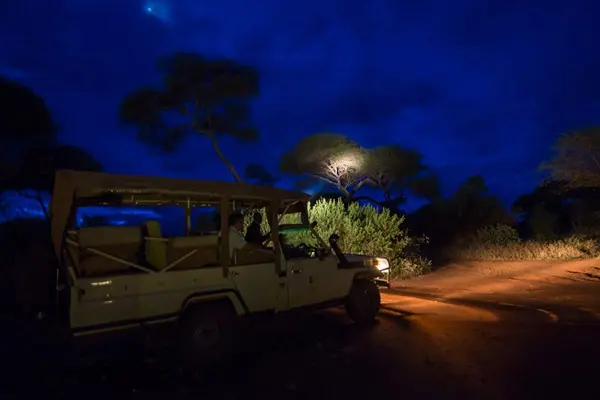
Experience The Adventure
Activities
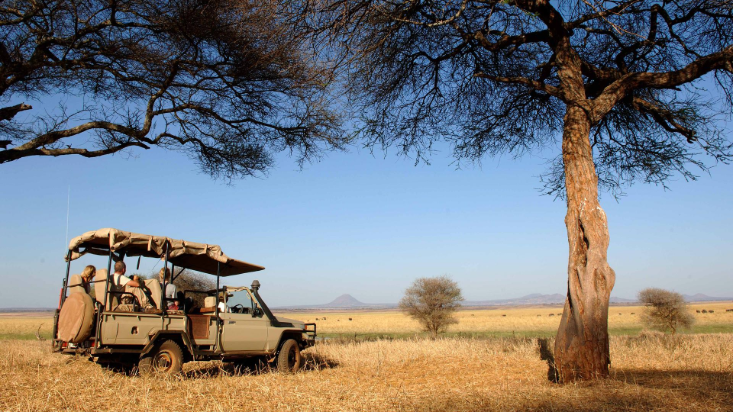
Game Drives
Embark on your safari during the cooler hours of the day when wildlife is most active. Travel in a customized safari vehicle, guided by an experienced expert, as you search for Africa’s iconic big game. Full-day safari options are also available for an extended wildlife experience.
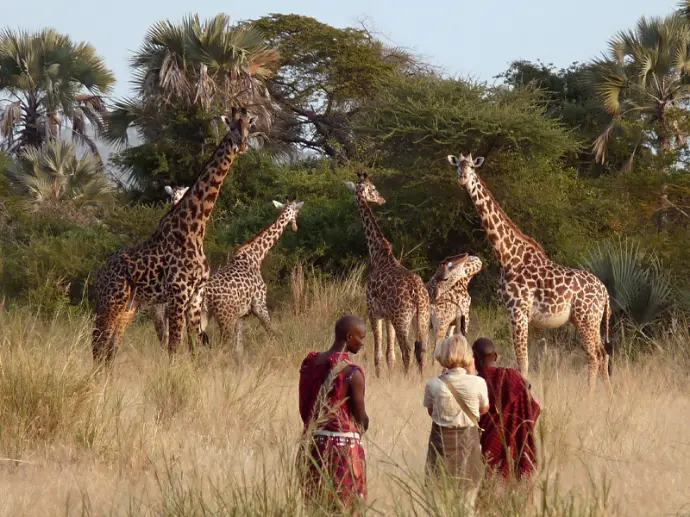
Walking tours
Authorized operators offer walking safaris, allowing participants to explore the finer details of the ecosystem. During these walks, you'll gain a deeper understanding of the plants, wildlife, and intricate connections within the environment, guided by experts who share their knowledge of the natural world around you.
Balloon Safaris
Drift silently over the wildlife below during an early morning adventure, offering a truly unforgettable experience as you witness the animals in their natural habitat from above. The peaceful flight provides a unique perspective of the landscape and its vibrant ecosystem.
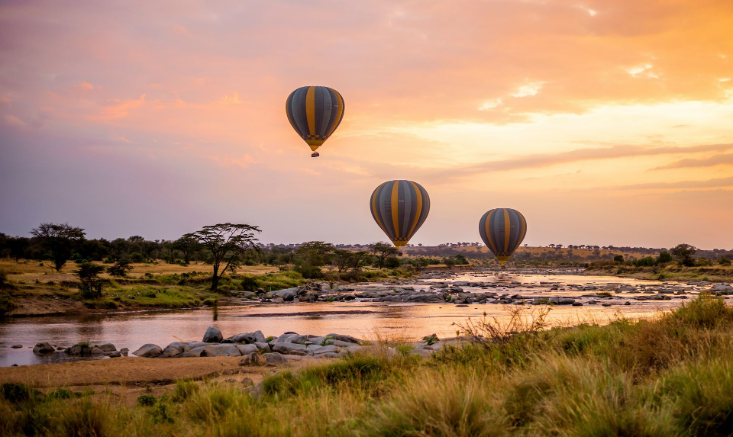
Visiting Timelines
Discover the best times to Visit Serengeti.

Dry Season
From June to October, the dry season provides the best game viewing, as animals migrate into the park and gather along the river. With sparse vegetation during this time, visibility is enhanced, making it easier to spot wildlife in their natural habitat.

The Wet Season
During the wet season (November to May), some areas of the park may be inaccessible due to flooding. However, for birdwatchers, this is the peak time, as the park becomes home to a diverse and abundant variety of bird species, making it a prime season for avian enthusiasts.